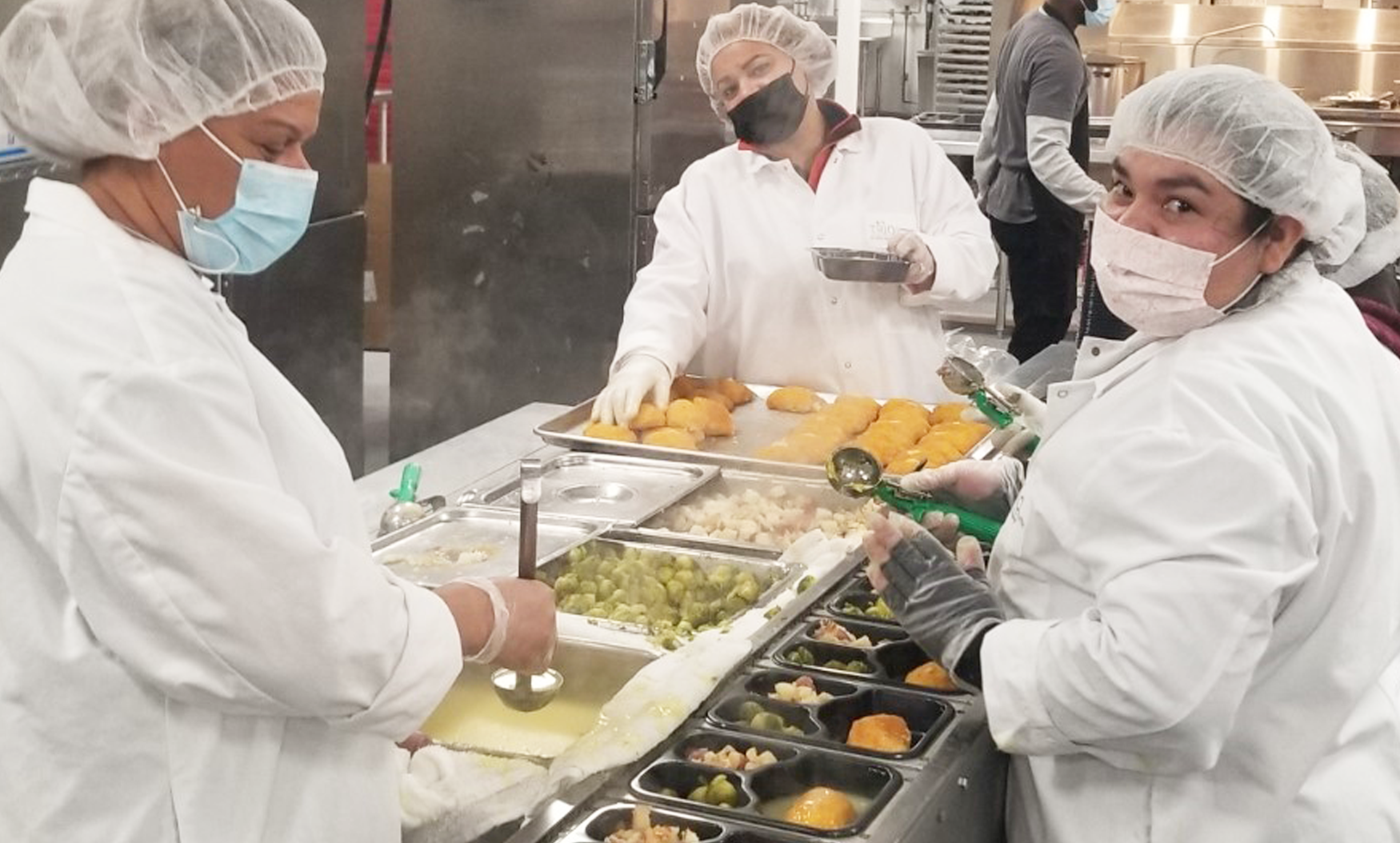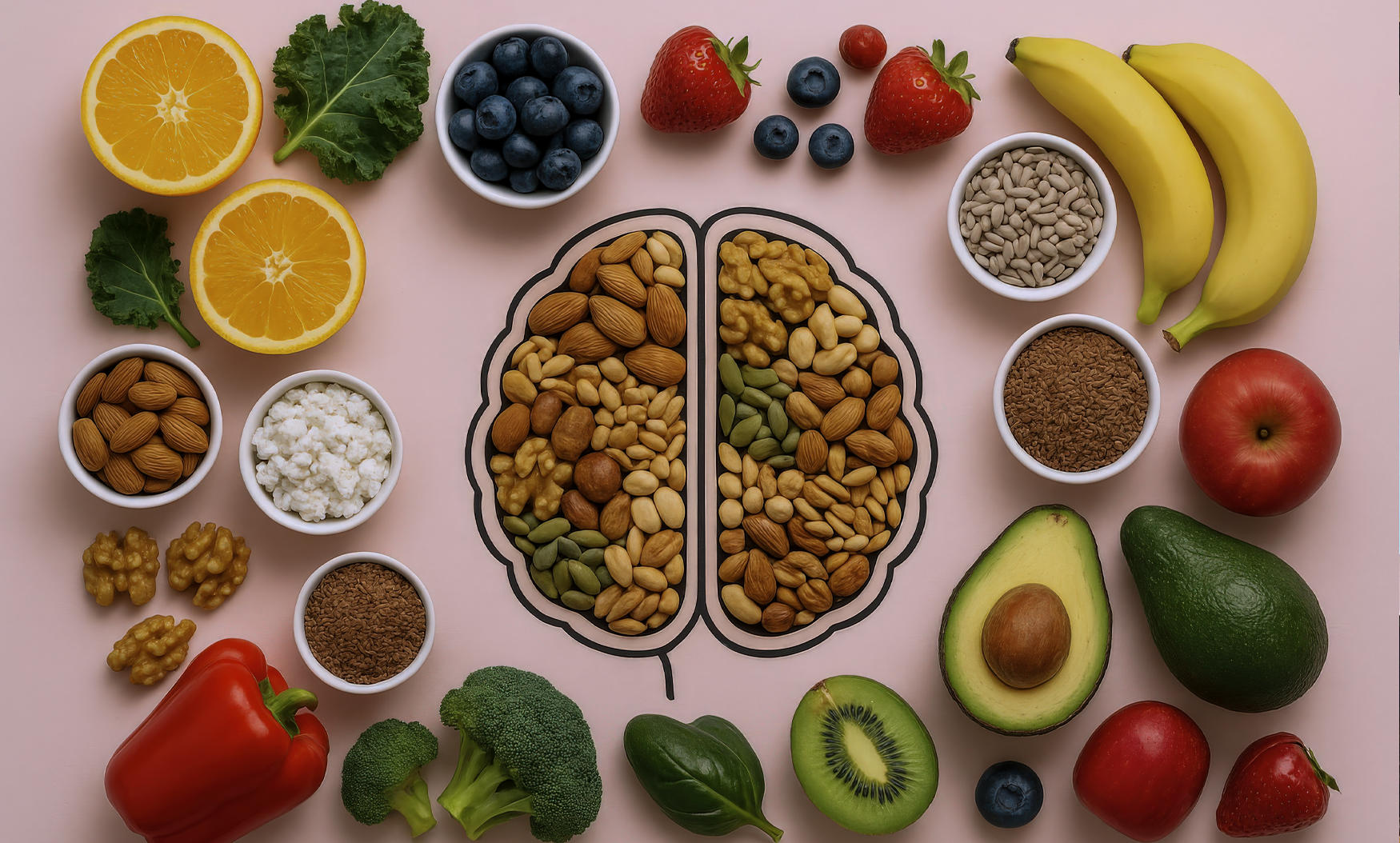Across the U.S., communities are facing more frequent severe weather events and natural disasters from hurricanes, tornadoes, wildfires, heavy rains and snowstorms. Power outages, water service disruptions or contamination and other emergencies also arise from environmental and infrastructure issues, which can disrupt meal program operations. Older adults who rely on senior nutrition programs are among the most vulnerable and during prolonged emergencies, they can suffer food insecurity due to difficulties with meal distribution or preparation.
Therefore, ensuring your meal program is ready to operate during emergencies is critical.
What is an emergency preparedness plan?
Being proactive is essential. Outline all your organization’s procedures for continued operation while minimizing harm and damage to your premises and products. A comprehensive written emergency preparedness plan empowers your team and ensures the older adults you serve receive meals, even under difficult circumstances.
An emergency plan includes:
1 – Identifying potential risks or hazards in advance.
For example, if your location is in a flood plain or in an area prone to wildfires; or there are building infrastructure issues that can hinder or halt operations.
2 – Prevention and mitigation measures.
- Centralize, store, and back up all critical records in the cloud (on a secure server) so they are available from anywhere, at any time. Keep hard copies of important documents in a portable “disaster binder” for access off-site if necessary.
- Designate essential emergency staff and substitutes; make sure everyone knows who they are.
- Have a list of backup personnel in case workers/volunteers are affected.
- Update all contact information at least once a year.
- Compile an emergency contact list of important resources and organizations.
3 – Response procedures.
Outline specific actions for a continuity of operations plan (COOP). This details how your program will fulfill its mission during an emergency. Training and communication are vital to ensure all stakeholders know, understand, and follow your procedures.
4 – Post-emergency recovery plan.
A how-to for returning to normal operations, such as equipment repair or replacement, instructions to clean, sanitize and/or disinfect the space, and inventory management.
The Solidarity Action Network has an excellent guide for nonprofits and your local health and safety authorities can advise on specific regulations and guidelines that may apply to your program. We recommend you review and update your emergency plan every year.
Emergency preparedness for senior nutrition programs
Built-in flexibility and resilience are key to meeting the moment. Here are some ways to enhance your senior nutrition program’s emergency readiness:
- If you operate a working kitchen, make sure the hood ventilation and fire suppression systems are checked every year. Have fully charged fire extinguishers installed throughout the facility.
- Install higher storage space to move products up if a flood is imminent, to minimize water damage.
- When the water supply is interrupted or a hand sink is not accessible, set up a temporary handwash station or modify your meal service options.
- Consult your local health department to determine if hand sanitizers or sanitizer towelettes are appropriate alternatives.
- Ready.gov recommends installing a manual water purification system or filtration device at the location.
- Check inventory and stockpile essential supplies:
- Gloves, aprons, eye protection; disinfectants and sanitizing products
- Ice packs, thermal coolers
- Flashlights, batteries, first aid kit, paper towels, and garbage and storage bags
- Develop “emergency menus” and product inventory:
- Stock frozen and/or shelf-stable emergency meals in advance so your team is always ready to provide nutritionally balanced foods.
- Stock bottled water (Ready.gov recommends a three-day supply), boxed juices and milk, and canned, packaged and dried goods for simplified meal preparation.
- Partner with TRIO Community Meals
Proactive planning, reliable service, and emergency meals from TRIO
TRIO Community Meals helps strengthen emergency preparedness and maintain meal distribution during disasters. Backed by over 50 years in the senior nutrition field, TRIO’s contingency plans enable operational continuity no matter what’s happening on the ground.
“From emergency meal solutions to strategic distribution support, TRIO helps ensure continuity of care when it matters most,” said Lisa Damore, Senior Vice President of Growth. “For example, when a major storm shut down one of our partners’ kitchens, we were able to reroute deliveries from another region to avoid disruption. TRIO’s proactive planning, strong relationships with emergency services, and national network give programs the confidence they need to serve older adults—even in a crisis.”
In addition to rerouting and logistics support, TRIO ensures partners are prepared by offering frozen and shelf-stable meals that can be ordered in advance or on demand. These emergency meal options help maintain nutrition access during power outages, road closures, or other disruptions that prevent standard meal delivery.
- Senior nutrition programs can order frozen or shelf-stable emergency meals on an as-needed or ongoing basis.
- Through our nationwide network of distribution centers, we can scale up production in other kitchens to cover areas that are out of service.
- Our partners benefit from TRIO’s strong relationships with FEMA, the Red Cross, state agencies, and other emergency entities.
- Our drivers continue delivering to congregate settings, meal programs, and homes to ensure older adults receive the nutrition they need.
To learn more about how we can support your meal program, call TRIO at (844) 773-0370 or fill out the order form to get started.




